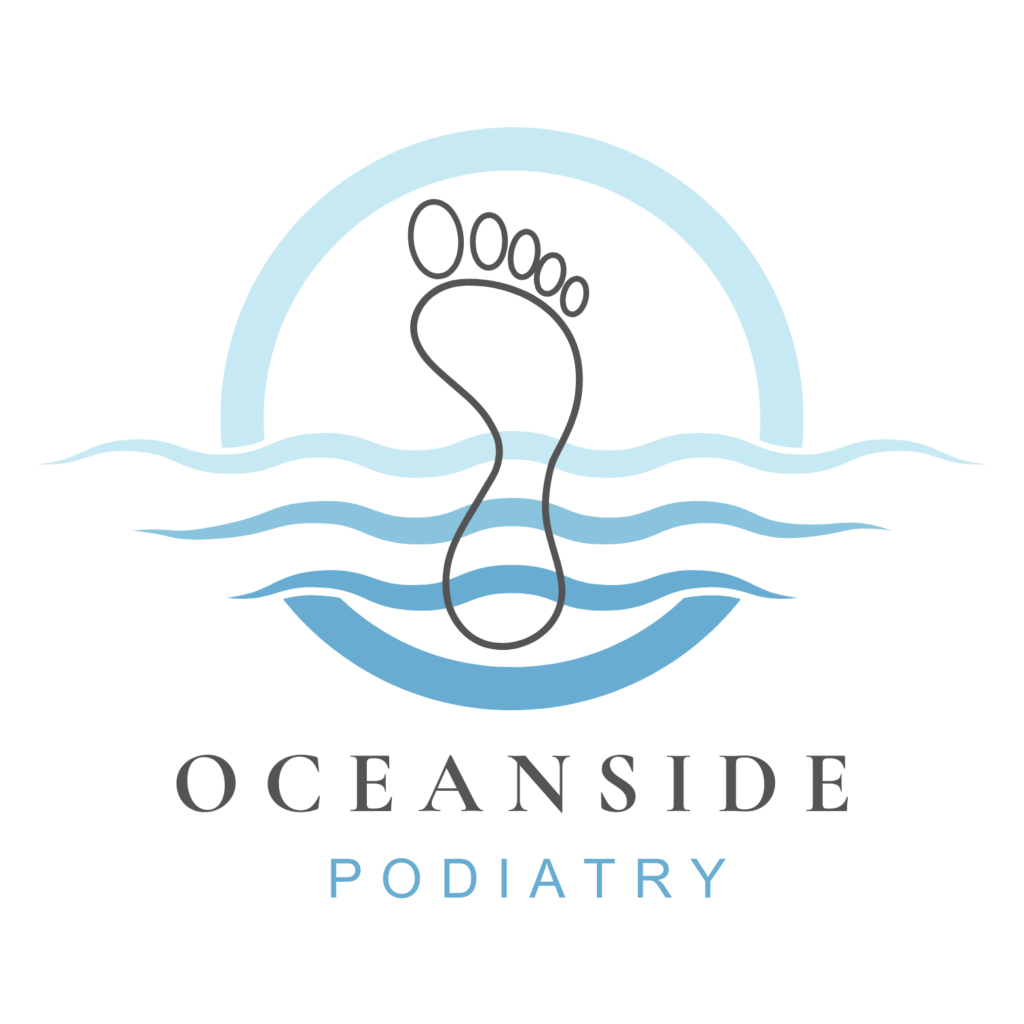Children’s Heel Pain
Heel pain in children is not uncommon, and one of the most frequent causes is Sever’s disease (also known as calcaneal apophysitis). This condition typically affects children between the ages of 8 and 14, especially those who are active in sports like running, soccer, or basketball. It occurs during a period of rapid growth when the heel’s growth plate, or apophysis, is still developing and not fully ossified (hardened into bone). The growth plate in the heel can become inflamed due to repetitive stress and overuse, leading to pain, swelling, and tenderness in the heel area.
The hallmark symptom of Sever’s disease is heel pain, particularly during or after physical activity. Children may complain of pain or soreness in the back of the heel, which is often worse after running, jumping, or standing for prolonged periods. The pain tends to worsen with physical activity and may improve with rest. In some cases, children may even limp or avoid certain activities because of the discomfort.
Podiatrist’s play a key role in diagnosing and treating Sever’s disease. The diagnosis is typically based on the child’s medical history, reported symptoms, and a physical examination. In some cases, a podiatrist may perform X-rays or other imaging studies to rule out other conditions, but the diagnosis is usually straightforward based on the characteristic symptoms and clinical findings.
Treatment for Sever’s disease focuses on relieving pain, reducing inflammation, and allowing the growth plate to heal properly. A podiatrist may recommend several strategies to manage the condition:
Rest and Activity Modification:
One of the most important aspects of treatment is encouraging rest and reducing activities that place excessive stress on the heel, such as running or jumping. Temporary modifications to the child’s sports or activity routines can help alleviate pain and prevent further irritation to the growth plate.
Stretching and Strengthening Exercises:
Stretching exercises for the calf muscles, Achilles tendon, and plantar fascia can help reduce tension on the heel and improve flexibility. Strengthening exercises for the lower leg muscles can also help balance forces around the foot, providing better support and reducing the strain on the heel.
Orthotics and Footwear Recommendations:
Proper footwear is essential for managing Sever’s disease. A podiatrist may recommend shoes with adequate arch support and cushioning to reduce stress on the heel. In some cases, custom orthotic insoles may be used to provide additional support and correct any biomechanical issues that could be contributing to the problem.
Ice and Anti-inflammatory Treatments:
Applying ice to the affected area can help reduce swelling and alleviate pain. In some cases, a podiatrist may recommend nonsteroidal anti-inflammatory drugs (NSAIDs) to help manage inflammation and discomfort.
With proper treatment, most children recover fully from Sever’s disease and are able to return to their normal activities. However, early intervention and guidance from a podiatrist are crucial to ensure that the condition is managed effectively and to prevent long-term issues.
If your child is suffering from heel pain book an appointment with Kirrilee at Oceanside Podiatry today!

